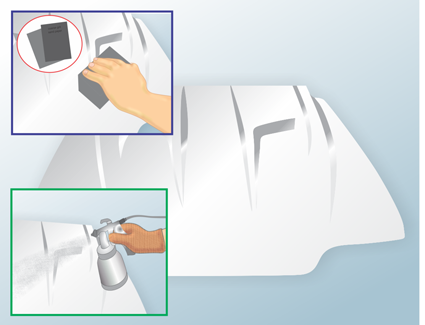
Fiberglass is lightweight, strong in both compression and tension, and easy to mold into intricate shapes. It was first introduced in the aircraft industry, and has since gained wide acceptance as a material for boat hulls, car bodies, and even residential construction.
The special properties of fiberglass make it a bit tricky to sand into shape, and learning how to sand fiberglass requires a lot of preparatory work and patience. Fiberglass parts are almost never ready for paint when they arrive.
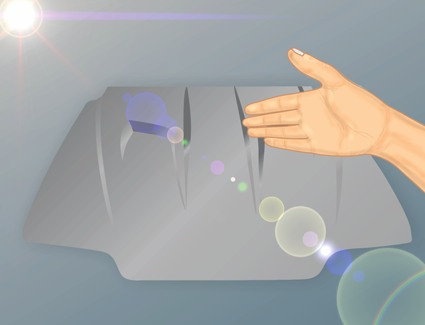
The purpose of the gel coat is mainly to be a separation layer so the part will pop free from it's mold during manufacturing. However the gel coat also serves as the base surfacing layer on the fiberglass product. Gelcoat often can have waviness as well as small pin holes that need to be addressed before it can be painted.

Once the seams are all of proper gap and fitment the items can be taken back apart. You always want to verify the fitment and panel gaps before proceeding to paint preparation.
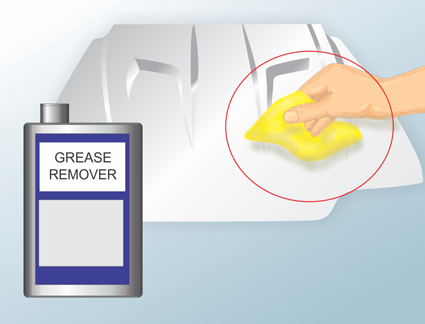
Any left over wax or grease can contaminate your finish when it comes to paint so this is a very important and critical step to get right.
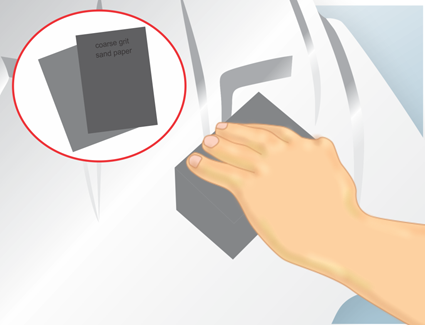
- Never sand all the way through the gelcoat into the fiberglass itself. This causes 2 problems: it weakens the strength of the component, and it creates holes in the fiberglass that allow it to rupture through the paint later.
- The gelcoat can be used as a guide during the initial sanding. Sanding the gelcoat just enough will make its appearance dull, so when the entire component has lost its shine,you have sanded enough to allow the primer or paint to adhere.
- Every square millimeter of the finish to be painted will require sanding and prep work.

Once the part has been fully sanded the blemishes will be more apparent. This step will require multiple stages of sanding and filling until the surface is true and free of any defects such as pin holes, surface waviness, spider cracks, chips or other problems.
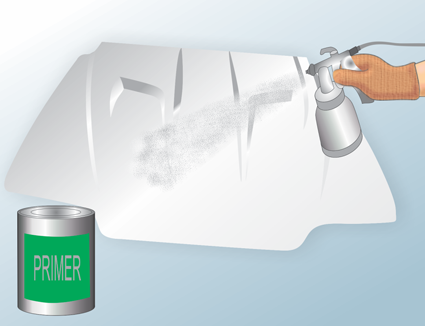
It is optimal to use a heavy primer coat with a high build primer suited for FRP. This will act almost like a sprayable body filler and allow you to spray out a uniform layer over your prepped piece.
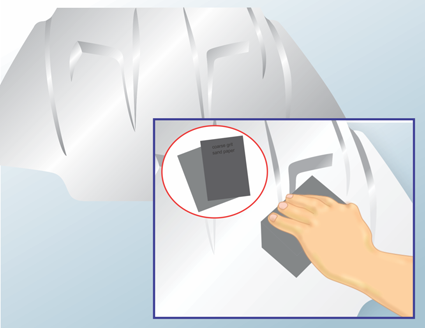
Following this procedure will deliver a final product that is free of waviness and defects and will reflect the painted surface in mirror like fashion.

